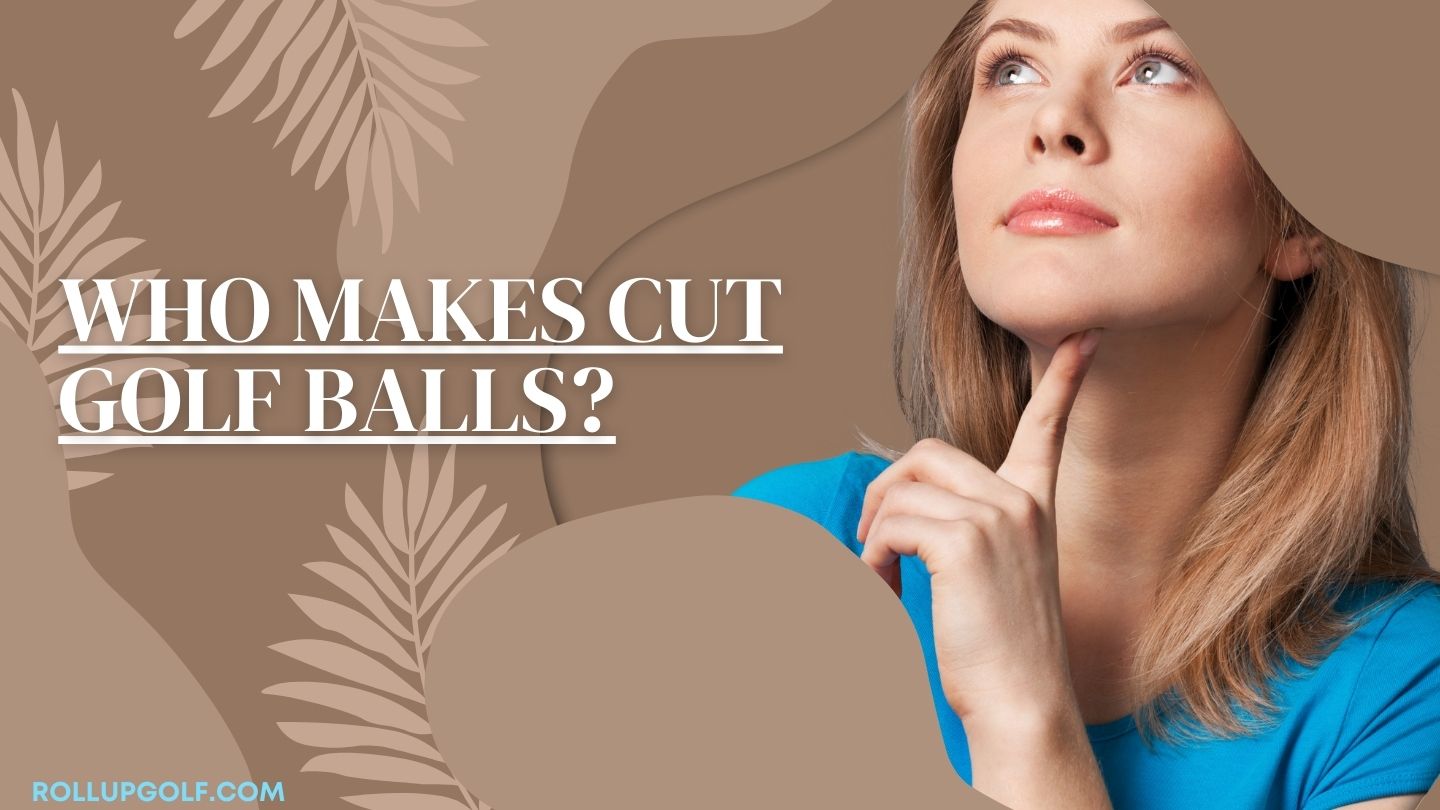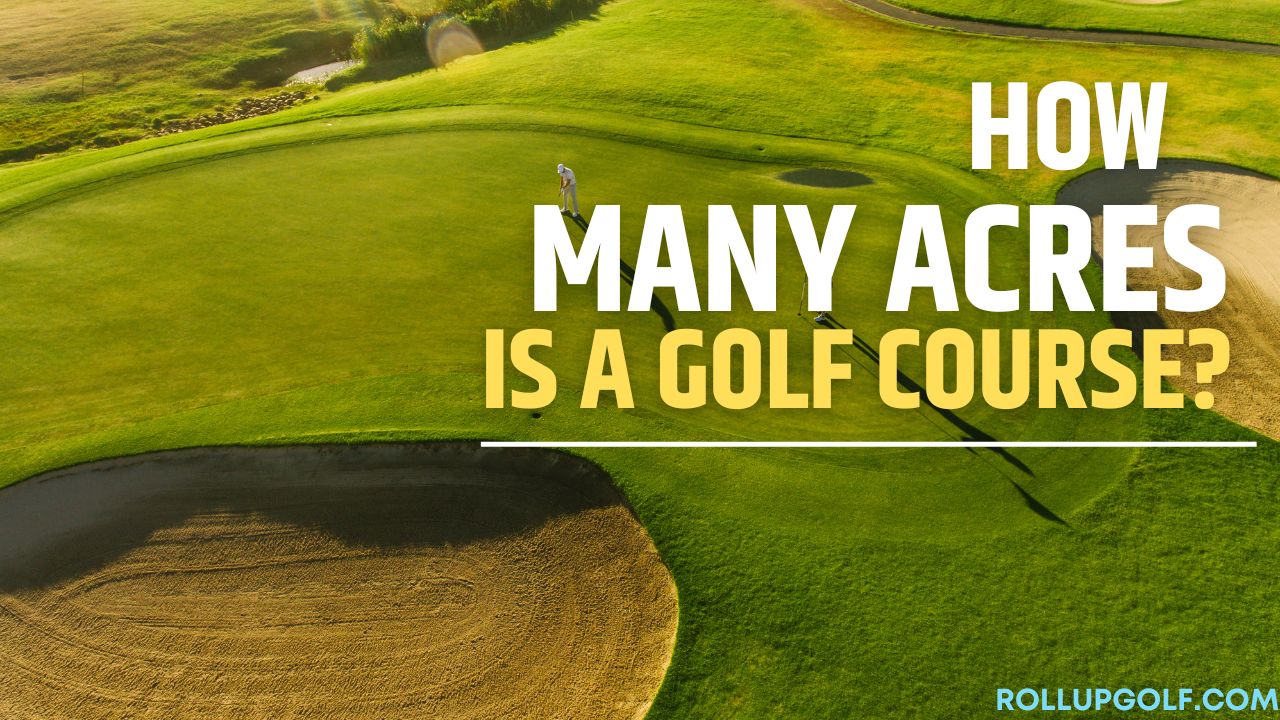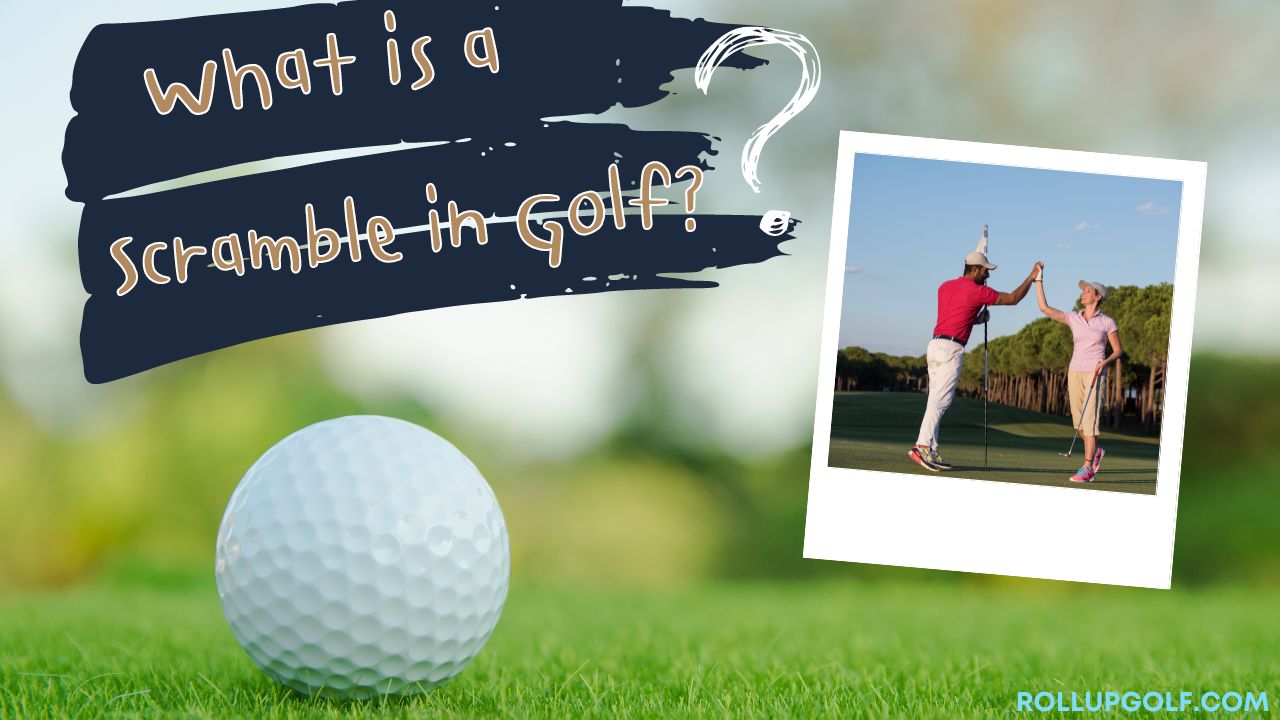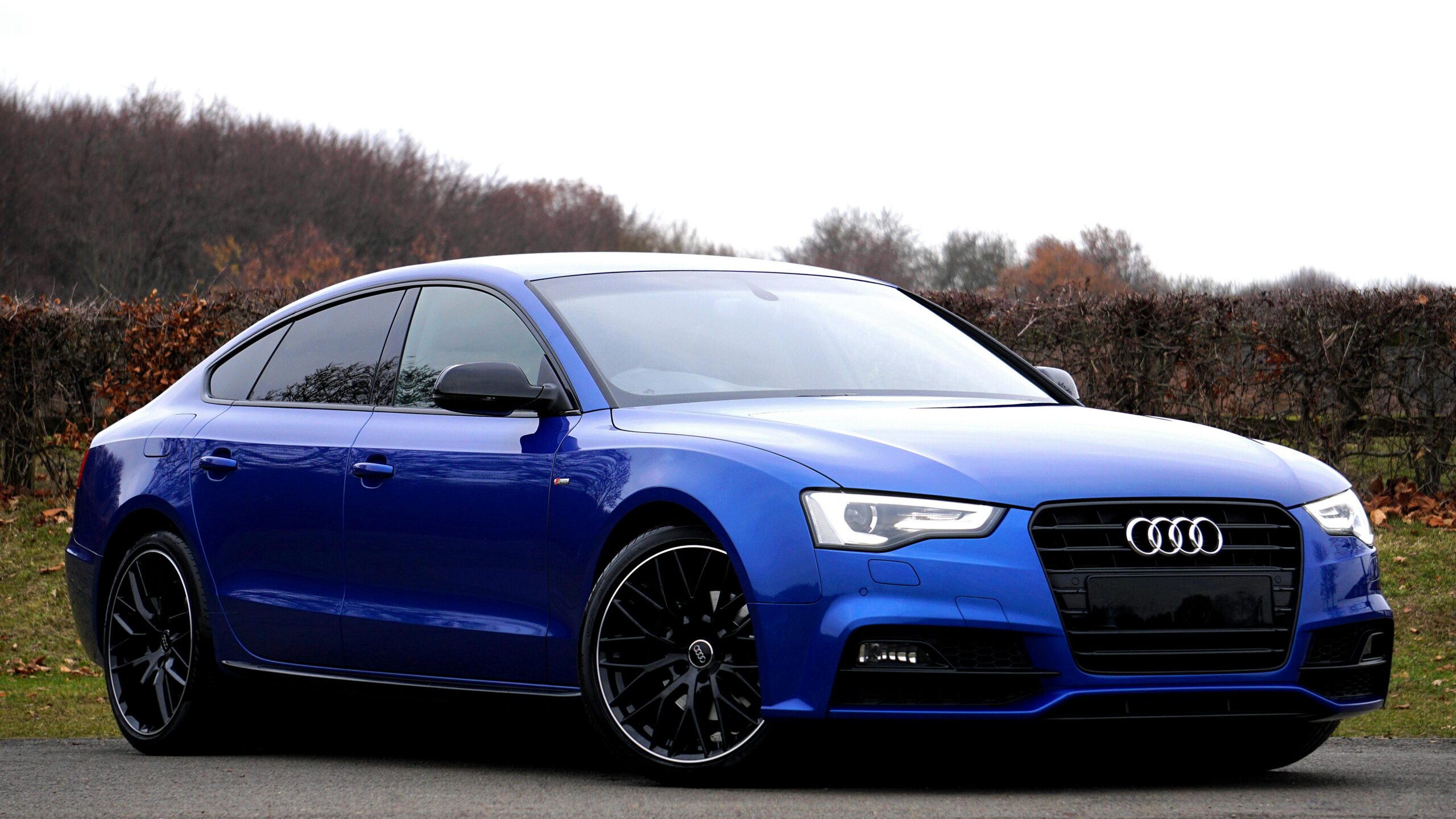
Golf, a game of precision and skill, hinges on the tools you wield. And what tool is more iconic than the ball itself? But who crafts these crucial spheres? Today, we unveil the maker behind Cut Golf, the brand disrupting the industry with its affordable, high-performance balls. So buckle up as we explore the who, what, and where behind these game-changing spheres!
Read also: What Color Golf Ball is Easiest to See?
Who Makes Cut Golf Balls?

Cut Golf balls are made by the company Cut Golf, which is based in the United States. The company was founded in 2017 by Sam Uisprapassorn, who was frustrated with the high cost of premium golf balls. Cut Golf’s mission is to provide high-quality golf balls at an affordable price.
Cut Golf balls are made in Taiwan. The company does not own its manufacturing facility but instead contracts with a third-party manufacturer.
Cut Golf offers a variety of golf balls, including two-piece, three-piece, and four-piece balls. The balls are made with a variety of covers, including Surlyn, matte Surlyn, and urethane.
Cut Golf balls are generally well-reviewed by golfers, who appreciate their quality and affordability. However, some golfers have found that the balls are not as durable as some other brands.
Where are cut golf balls made?
Cut Golf balls are manufactured in Taiwan, but the company itself is based in the United States, specifically in Costa Mesa, California. They don’t own their manufacturing facility, instead opting to partner with a third-party manufacturer in Taiwan for production.
It’s worth noting that Cut Golf emphasizes providing affordable, high-quality balls by minimizing unnecessary expenses like brand endorsements and extensive marketing campaigns. Their focus is on efficient production and direct-to-consumer sales, which allows them to offer competitive prices on their golf balls.
What is cutting a golf ball?
“Cutting a golf ball” can refer to two different things:
1. Physically cutting a golf ball:
- This refers to literally cutting the ball open, usually done for educational purposes or to examine its construction. Tools like saws, Dremel tools, or even band saws can be used, but safety precautions like wearing gloves and eye protection are crucial.
- This is not something done during regular gameplay.
2. Hitting a cut shot in golf:
- This is a specific type of golf shot where the ball intentionally curves in a specific direction (left to right for right-handed golfers, and vice versa for left-handed).
- It’s achieved by modifying your swing and clubface angle and requires skill and practice. It’s used strategically to navigate obstacles or reach targets not directly accessible due to course layout.
Therefore, if you want to clarify your question about “cutting a golf ball,” specifying whether you’re referring to the physical act or the golf shot would help me understand your intention and provide a more accurate answer.
Read also: How to Hang Golf Clubs on the Wall?
Is it possible to crush a golf ball?
Whether you can crush a golf ball depends on what you mean by “crush” and the tools you have at your disposal. Here are some points to consider:
Completely flatten a golf ball:
- Highly unlikely: Golf balls are designed to be incredibly durable. Their layered construction, consisting of a resilient core surrounded by a tough, dimpled cover, allows them to withstand high-impact hits from golf clubs and even car tires. While you might crack or dent the outer shell with immense force, completely flattening it would be very challenging, even with industrial machinery.
Deform it significantly:
- More feasible, depending on the method: Using enough force, you can certainly damage a golf ball and cause it to lose its shape.
- Hydraulic press: Videos online show hydraulic presses easily crushing golf balls into unrecognizable shapes.
- Heavy machinery: Running over a ball with a car or using extreme force applied through other tools like hammers or vices can significantly deform it.
Important notes:
- Dangerous attempts: Using dangerous methods like explosives or firearms to “crush” a golf ball is highly discouraged due to safety risks and the potential for property damage.
- Alternative perspective: Even while remaining intact, a golf ball can be “crushed” metaphorically by a powerful golf swing, transferring tremendous energy that sends it flying hundreds of yards down the course.
So, in conclusion, completely crushing a golf ball to be flat is exceptionally difficult. However, depending on the method and available force, significant deformation is achievable. Remember to prioritize safety and avoid dangerous attempts.
Major Golf Ball Manufacturers
When it comes to golf balls, several prominent companies dominate the market. Brands like Titleist, Callaway, TaylorMade, Bridgestone, and Srixon are known for their high-quality products. While Nike was once a major player in the golf ball industry, they have since discontinued their production.
Read also: How wide is a golf cart? – 2024
Materials Used in Golf Ball Production
Golf balls are typically made using various materials for the core and cover. The core materials often include rubber or synthetic compounds, while the cover materials range from surface to urethane. Dimple design also plays a crucial role in aerodynamics and flight stability.
Manufacturing Process
The manufacturing process for golf balls involves precision engineering. Techniques such as compression molding and injection molding are commonly used. Some manufacturers employ dual-core technology to enhance performance and distance.
Quality Control Measures
To ensure consistency and performance, rigorous quality control measures are implemented throughout the manufacturing process. This includes meticulous inspection processes and comprehensive performance testing to meet industry standards.
Environmental Impact
With growing concerns about sustainability, many golf ball manufacturers are implementing eco-friendly practices. This includes initiatives to reduce waste and energy consumption, as well as recycling programs for used golf balls.
Customization Options
Golfers not only seek high-performance golf balls but also desire a personal touch to their equipment. Customization options offered by golf ball manufacturers cater to this need, allowing players to add unique elements to their golf balls.
-
Personalization Services:
- Many golf ball manufacturers provide personalization services, enabling golfers to imprint their initials, name, or a special message directly onto the golf ball. This personalization adds a sense of identity to the ball and makes it easily identifiable on the course.
-
Logo Printing:
- In addition to personalization, golfers can opt for logo printing services to showcase their affiliation with a particular brand, company, or organization. Whether it’s a corporate logo, team emblem, or charity symbol, logo-printed golf balls serve as effective marketing tools or promotional giveaways.
-
Color Choices:
- Some golf ball manufacturers offer a variety of color options beyond the traditional white, allowing golfers to choose balls in vibrant hues such as yellow, orange, or even neon green. This not only adds visual appeal but also improves visibility, especially in low-light conditions.
-
Alignment Aids:
- Certain golf ball models feature alignment aids, such as arrows or alignment lines, to assist golfers in lining up their shots more accurately. These markings help golfers achieve better alignment and enhance their putting or tee shots.
-
Special Editions:
- From time to time, golf ball manufacturers release special edition or commemorative balls to celebrate significant events, tournaments, or milestones. These limited-edition balls often feature unique designs, packaging, or branding, making them highly collectible among avid golf enthusiasts.
-
Bulk Customization:
- For corporate events, tournaments, or promotional campaigns, golf ball manufacturers offer bulk customization services, allowing businesses or organizations to order large quantities of personalized golf balls. This enables companies to brand their merchandise or create memorable gifts for clients, employees, or event participants.
-
Online Design Tools:
- Some golf ball manufacturers provide online design tools that allow customers to create and visualize their customized golf balls in real time. These user-friendly interfaces enable golfers to experiment with different fonts, colors, and graphics, ensuring that the final product meets their expectations.
Cost Factors
The cost of golf balls can vary depending on factors such as brand reputation, materials used, and customization options. While premium golf balls may come at a higher price, budget-friendly options are also available, especially when purchased in bulk.
Consumer Preferences
When it comes to selecting the perfect golf ball, consumer preferences play a significant role in the decision-making process. Golfers have diverse needs and preferences, influenced by various factors such as playing style, skill level, and personal preferences. Understanding these preferences is crucial for both manufacturers and consumers alike.
Player Skill Level:
One of the primary factors influencing consumer preferences is the golfer’s skill level. Beginners may prioritize durability and affordability over advanced performance features. Golfers at intermediate or advanced levels, on the other hand, may seek balls that offer precise control, spin, and distance to enhance their game.
Ball Characteristics:
Golfers often have specific preferences when it comes to the characteristics of their golf balls. Factors such as feel, spin, trajectory, and forgiveness play a crucial role in determining the right ball for individual players.
- Feel: Some golfers prefer a softer feel off the clubface, while others prefer a firmer response. The feel of the golf ball can greatly impact confidence and overall performance.
- Spin: Control over spin is essential for shaping shots and holding greens. Golfers may prefer balls with low spin for added distance off the tee or high spin for greater control around the greens.
- Trajectory: The trajectory of the golf ball affects its flight path and distance. Golfers may opt for balls that produce a high trajectory for added carry or a lower trajectory for more roll.
- Forgiveness: Forgiving golf balls are designed to minimize the effects of mishits, providing consistency and stability for less-than-perfect shots. This feature is particularly appealing to golfers looking to improve their consistency and accuracy.
Brand Reputation:
Brand reputation also influences consumer preferences in the golf ball market. Established brands with a history of producing high-quality balls may enjoy loyal followings among golfers. Trust in the brand’s consistency, performance, and innovation often drives consumer decisions when selecting golf balls.
Performance Testing and Reviews:
Golfers often rely on performance testing and reviews to inform their purchasing decisions. Third-party testing, professional player endorsements, and online reviews provide valuable insights into the performance characteristics of different golf balls. Golfers may prioritize balls that have received positive reviews or performed well in testing scenarios relevant to their game.
Personal Preference:
Ultimately, personal preference plays a significant role in determining which golf ball is right for each golfer. Factors such as aesthetics, brand loyalty, and subjective experiences can influence the decision-making process. Some golfers may prefer the look or feel of a particular ball, while others may have superstitions or sentimental attachments to certain brands or models.
Conclusion
In conclusion, the golf ball manufacturing industry thrives on innovation and precision. Leading companies like Titleist and Callaway prioritize quality and sustainability in their production processes. With customization options available, golfers can find the perfect ball to enhance their performance on the course. Choosing the right golf ball, whether for distance, spin control or feel, is crucial for optimizing one’s game.








